LUKAS SIMONIS
IVAN PALACKY
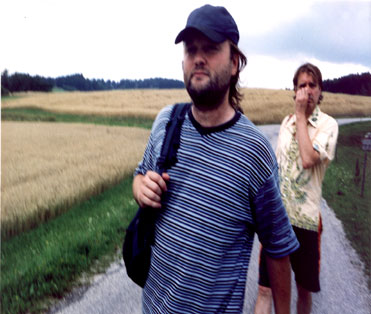
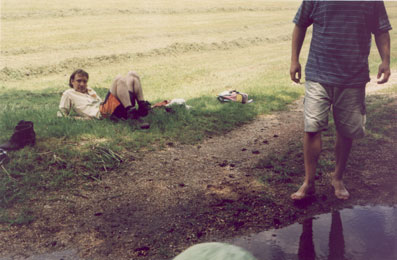
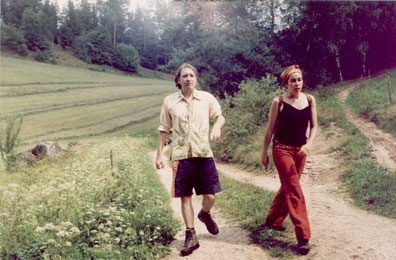
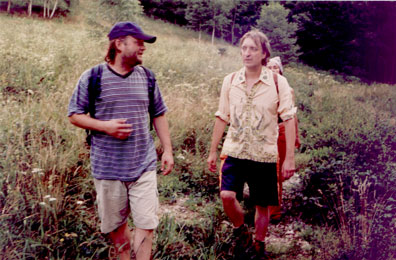
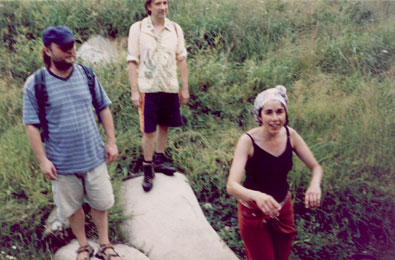
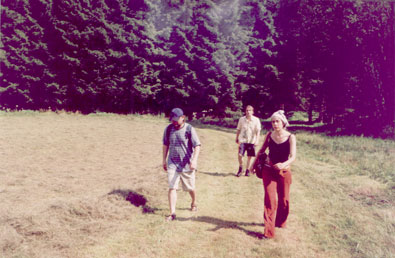
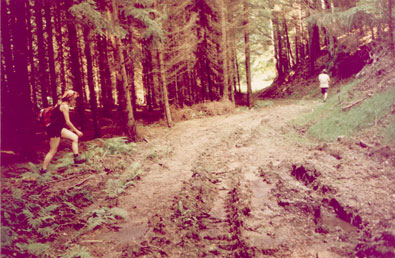
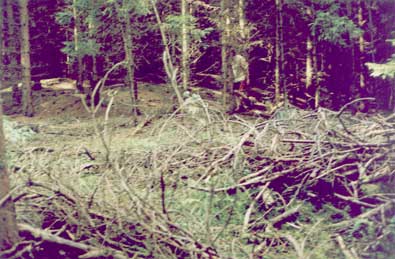
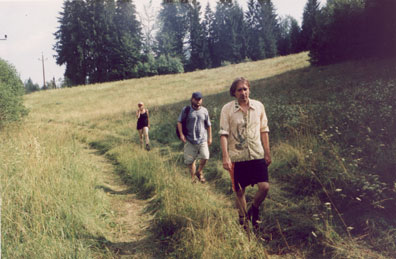
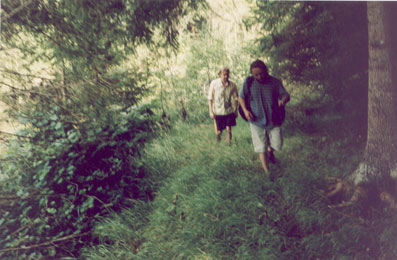
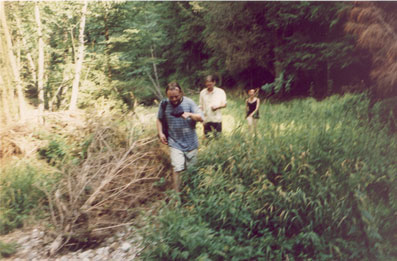
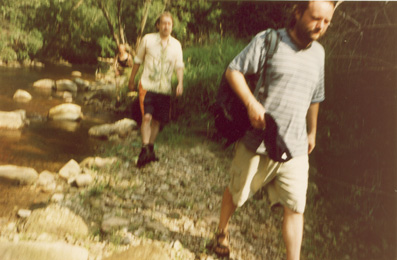
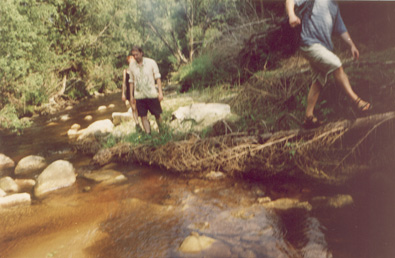
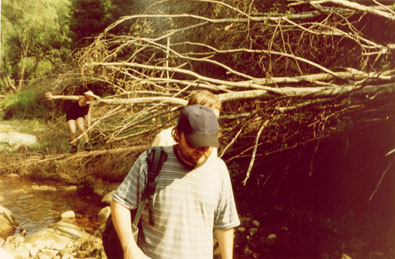
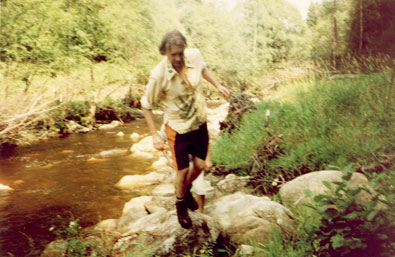
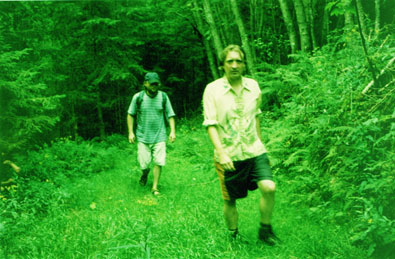
Lukas Simonis has
his roots as an instrumentalist and musical 'activist' in the industrial
music and noise rock of the Eighties ( Throbbing Gristle, the Residents,
Pere Ubu, Sonic Youth and beyond). Being a part of the Rotterdam jazzbunker
scene (a collective that consisted of heavy drug induced punk rockers,
freejazzers, early electronic musicians and pre-postrock combo's) he discovered
the delimited world of improvisation. In the meantime & after he played
in bands like Dull Schicksal, Trespassers W, Morzelpronk, AA Kismet, Liana
Flu Winks, VRIL and Coolhaven. At the same time he was organizing concerts,
events and films, first at the Jazzbunker in Rotterdam later on the Dissonanten
festival, the Dissidenten festival, Popifilm, Dodorama and finally WORM,
a multimedia centre for experimental art.
Nowadays he collaborates with lots of people from different backgrounds.
For instance; Apricot My Lady (with Ann La Berge and theBohman Brothers),
Vril (with Bob Drake, Pierre Omer and Chris Cutler), Goh Lee Kwang (Kuala
Lumpur), Jim Whelton (London). Pierre Bastien(Paris/Rotterdam), Dave Brown
(Melbourne), The static Tics (with Henk Bakker and Steve Beresford), Eugene
Chadbourne (USA), and lots of other people. He's still involved with WORM,
mostly working in the elctronic studio and making radiophonic pieces.
It's only since appr. 3 or 4 years that Simonis started to play solo-concerts,
after (and before) the release of his first solo album, STOTS, which got
a good reception.
www.xs4all.nl/~lukas
Ivan Palacky: In the Knitting
Mood
track performed by Ivan Palacky (amplified Dopleta 160 knitting machine).
Recorded Slatinka, Brno, Czech Republic, 19 September 2006. Mixed by Ivan
Palacky.
In my "civil" life I work as an architect. About 4 years ago, when I tried to penetrate 3D computer modeling, I realized that the operations with virtual objects I had been doing for hours and hours (the basic modeling is about doing operations such as "union," "subtract" and "intersect" again and again) and my perception of the manipulation with abstract sounds are very much alike.
The individual 3D images can be held at an intersection point and moved randomly along the linear axis or arranged in different distances in space. Compared to the operations of an improviser, who at a certain moment creates a sound object and places it carefully into the proceeding sound situation a moment after, the computer operations seem to be very similar.
From that moment I started to look for an instrument with which I could best develop the "3D approach" in the manipulation with sound. First I started to adapt instruments at hand, such as my acoustic guitar, to the point that it had nothing in common with its original function, reducing its usage to that of a resonator of various objects that were put on the body of the guitar. Since then, I have realized that any object can actually become a resonator.
From time to time I have remembered a weird machine that appeared on and off in the course of my childhood and had become an object of my avid yet unrealizable interest---a manual flatbed knitting machine, the Dopleta 160. In the 1970s, the Dopleta 160 represented the latest advance of modern technology, and it was really something when a Czechoslovakian household happened to acquire such a machine, contrary to the case some years later, with nearly every household having one. My aunt, who first made hats, then sweaters, would take her Dopleta out of a brown cardboard case with tender care and then she would mark out an imaginary circle around it, an area completely forbidden to my cousins and me.
A knitter would twice move a funny handle over an indented rail, forth and back, and a piece of a sweater would move onward and fall a bit over the edge.
With many needles and little springs, a knitting machine is a good resonator, offering various surfaces suitable for development of the spectrum of extended techniques from hums and noises, produced by a bow, through faint, indistinct tones up to percussive sequences.
The knitting machine I was able to obtain (the family's probably drifted away during the 1997 flood) was adapted in the following way: I cut it into halves to get a space-saving size, provided it with two contact mics and connected it to a mixing board. I was attracted by the possibility of developing my own musical language from scratch. At the beginning I simply tried to knit andto amplify and arrange the sounds produced by my knitting. But after some time I started to see this approach as too literal, always ending at a point similar to its beginning. I then realized that I had to change my point of view and see the machine as an undiscovered musical instrument-resonator, which meant forgetting its original purpose forever. Since then, the breviary of new sounds has started to grow, because I feel free to put new objects on the instrument as well as to adjust some parts of it while eliminating others.
After discovering a scale of sounds, I gradually started to distinguish sounds as "light" (hum), "heavy" (deep drones), "permeable" (percussive), "chainlike" (the sound of a needle row) and "isolated" (the sounds of applied objects), and I started to use them in the context of this subjective method of 3D sound, which means that I perceive sounds as individual volumes that can be interconnected, separated or intermingling. I put them on an imaginary axis of the concert at various intuitive intervals; I also place them around the axis, varying the spatial distances.
Depending on the acoustics and the quality of electrical wiring of the venue, as well as the instable nature of some units of the knitting machine, at some concerts nothing seems to work as it should, which makes me start from the beginning again and search for possible sounds determined by that unexpected situation. Both the machine and I are subjects of permanent testing of where our personal limits are set at a given moment.